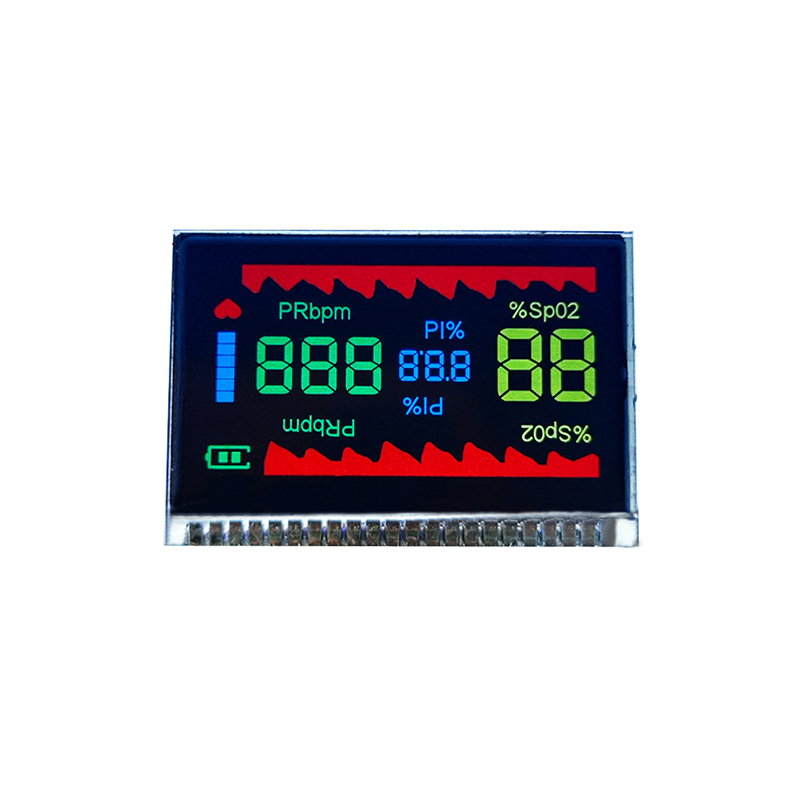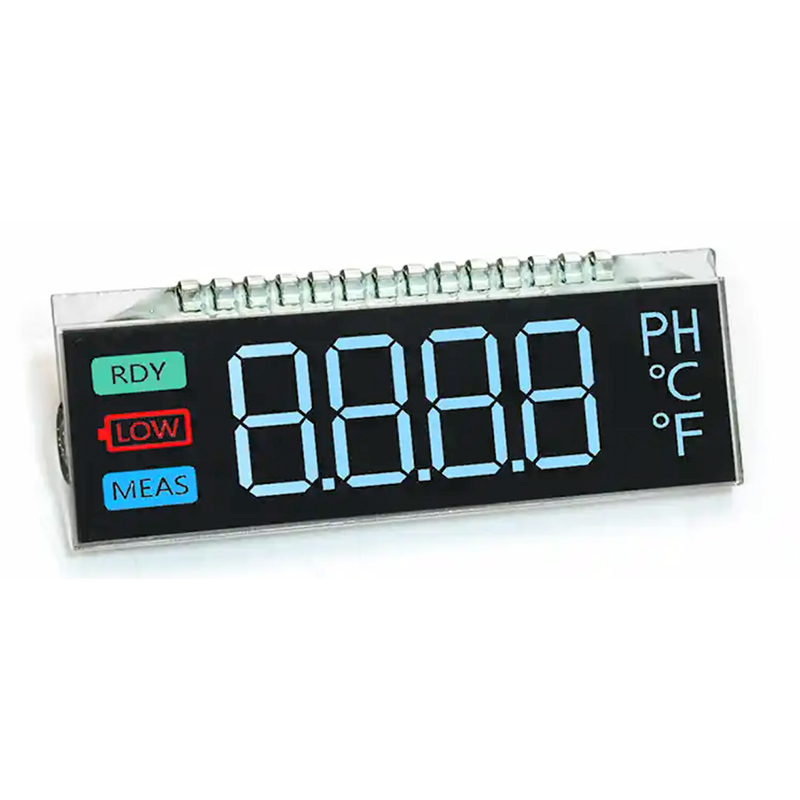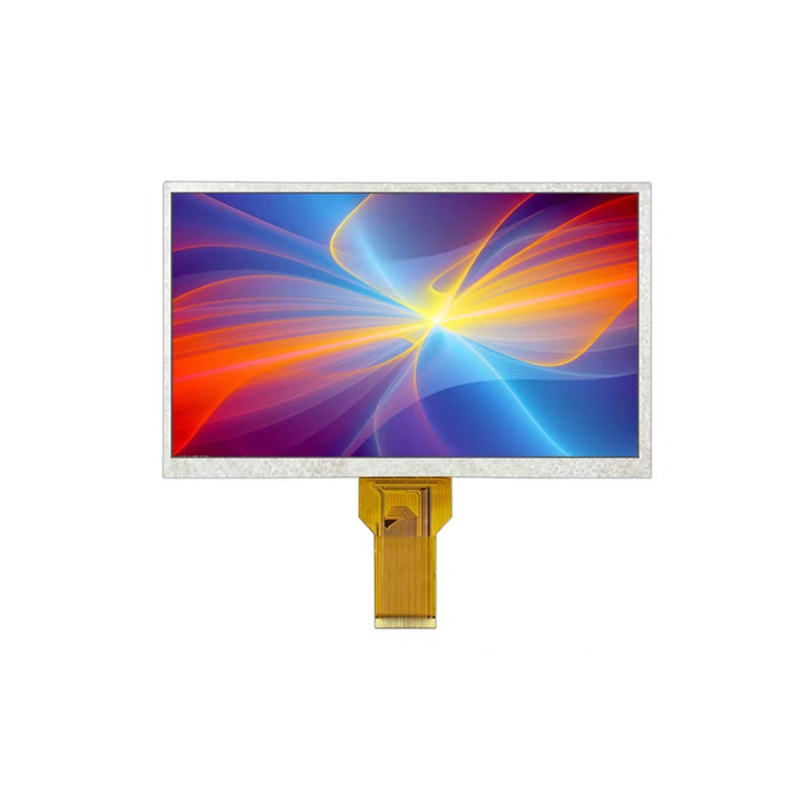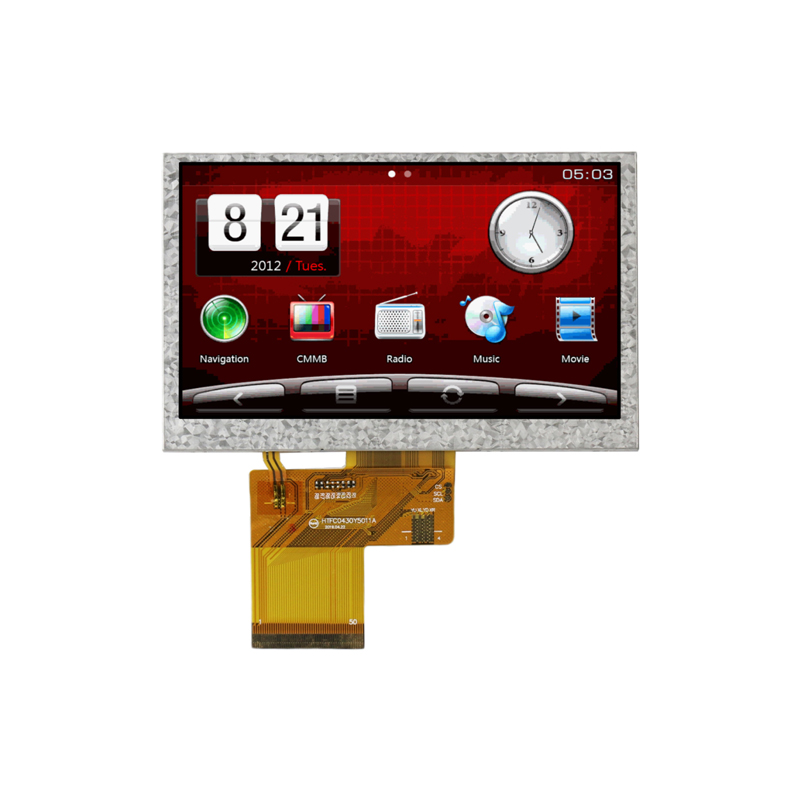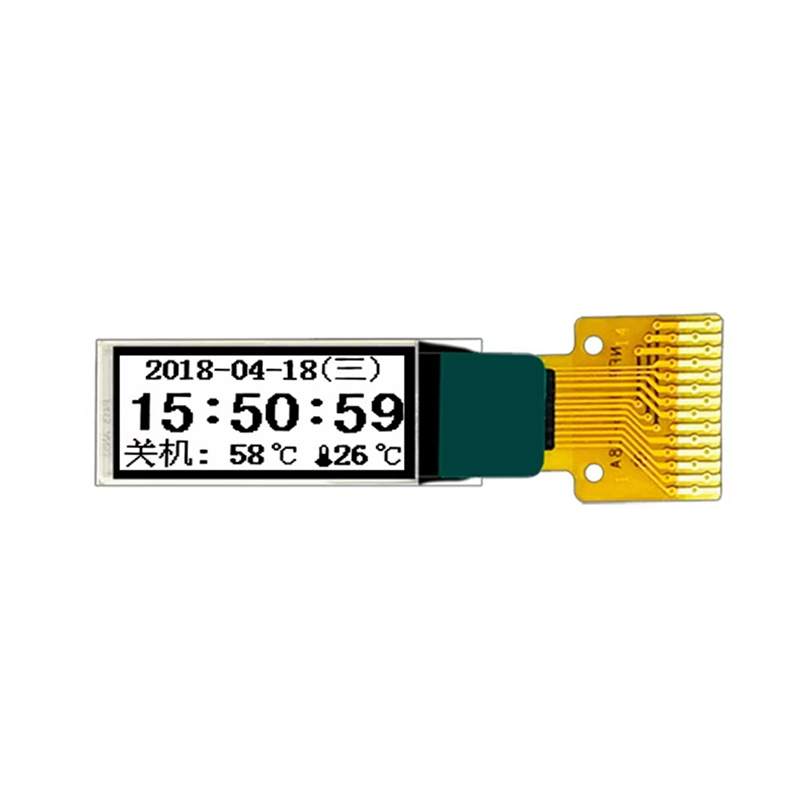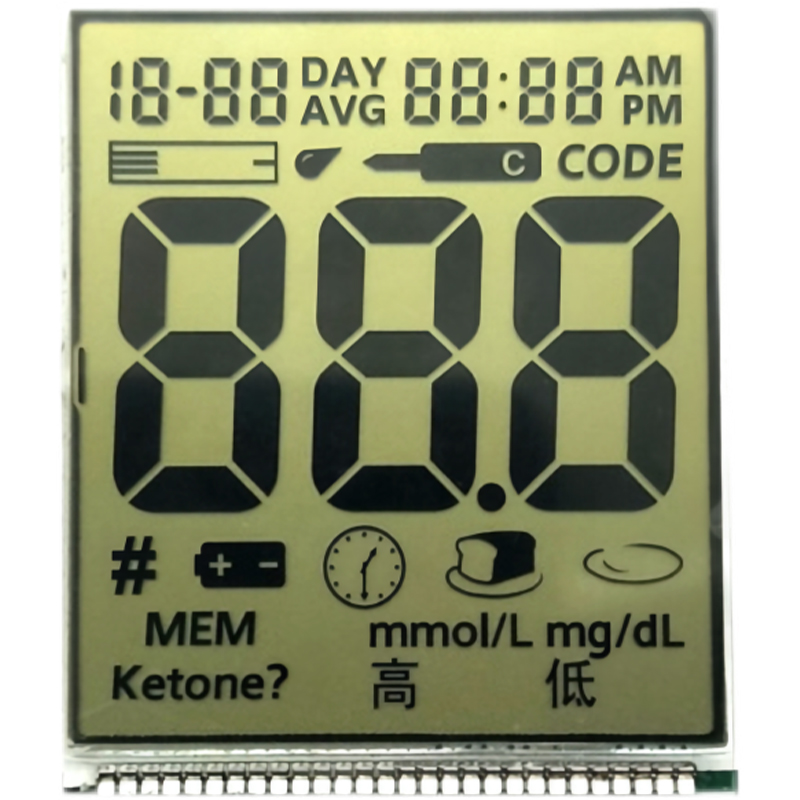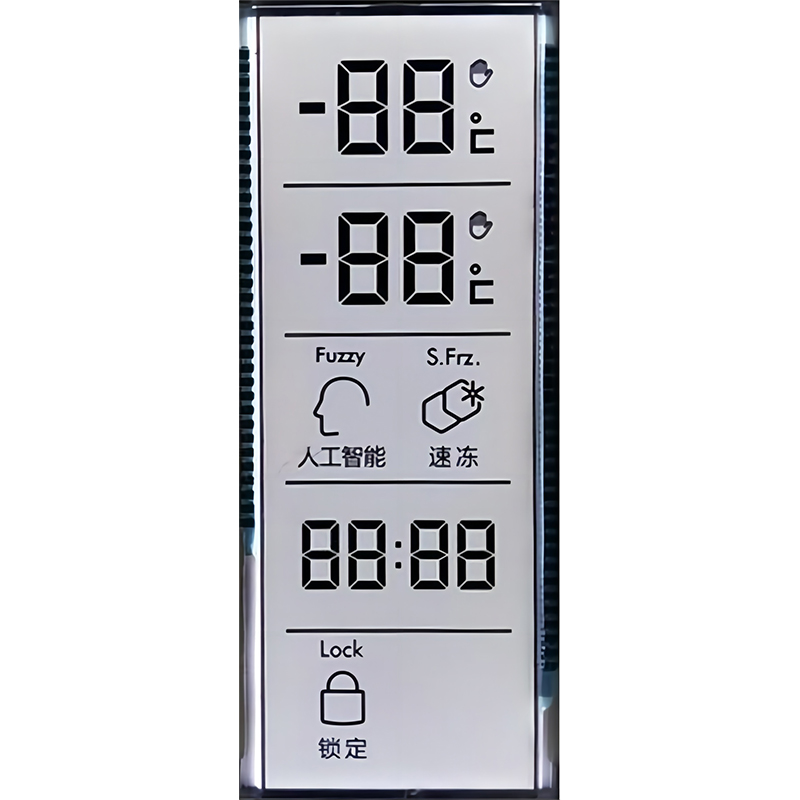
This guide provides a comprehensive overview of the SSD1306 OLED display, covering its features, specifications, applications, and integration with various microcontrollers. We'll delve into the technical aspects, explore common use cases, and offer practical advice for successful implementation. Learn how to choose the right SSD1306 OLED display for your project and master the techniques for its effective utilization.
An OLED (Organic Light-Emitting Diode) display is a type of display technology that uses organic compounds to emit light when an electric current is passed through them. Unlike LCDs which require a backlight, OLEDs produce their own light, resulting in deeper blacks, higher contrast ratios, and wider viewing angles. The SSD1306 OLED display is a popular choice due to its low power consumption and ease of use.
The SSD1306 is a common controller IC used to drive many OLED displays. Its key features include:
While specific specifications vary depending on the manufacturer and the exact model of the SSD1306 OLED display, common specifications include:
| Specification | Typical Value |
|---|---|
| Display Size | 0.96 inch, 1.3 inch, etc. |
| Resolution | 128x64 pixels, 128x32 pixels, etc. |
| Interface | I2C, SPI |
| Operating Voltage | 3.3V or 5V (check your specific module) |
The SSD1306 OLED display is incredibly versatile and finds widespread use in various microcontroller projects. Examples include displaying sensor readings, creating simple dashboards, and building custom interfaces for embedded systems. Its compact size and low power consumption make it ideal for portable and battery-powered applications.
Given its low power consumption and readability, the SSD1306 OLED display is a popular choice for wearable devices such as smartwatches and fitness trackers. Its small form factor is perfectly suited for integration into these devices.
The SSD1306 OLED display allows for the creation of fully customized displays and interfaces. This can be particularly useful for designing unique user interfaces for embedded systems or creating personalized dashboards for monitoring various parameters.
When choosing an SSD1306 OLED display, consider factors such as resolution, size, interface type (I2C or SPI), and operating voltage. Ensure the chosen display is compatible with your microcontroller and project requirements.
Connecting the SSD1306 OLED display to a microcontroller typically involves connecting the VCC, GND, SDA (I2C data), SCL (I2C clock), and optionally a reset pin. The specific connections will depend on your chosen microcontroller and display module. Many libraries are available to simplify the programming and interaction with the SSD1306. Dalian Eastern Display Co., Ltd. offers a wide variety of high-quality SSD1306 OLED displays and related components.
Common issues encountered when working with SSD1306 OLED displays include incorrect wiring, addressing problems, and library conflicts. Careful attention to the wiring diagram and ensuring the correct I2C address is used are crucial steps to avoid such issues. Refer to the datasheet of your specific display for detailed specifications and troubleshooting guidance. For further assistance, online forums and communities dedicated to electronics projects can be valuable resources.
Remember to always check the datasheets provided by your SSD1306 OLED display manufacturer for the most accurate and up-to-date information.

